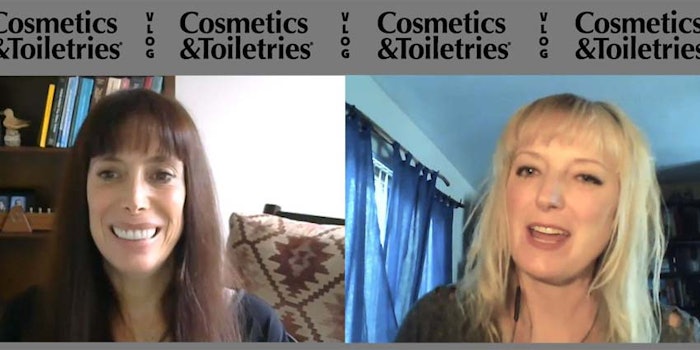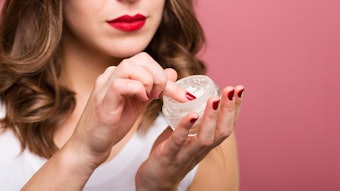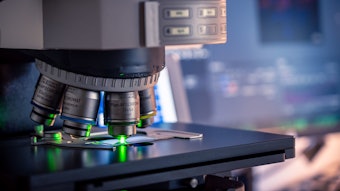
‘[Occlusion] affects transepidermal water loss, since it attenuates the ability for water to evaporate from the skin,’ said Nava Dayan, Ph.D., of Dr. Nava Dayan L.L.C. ‘Therefore, it changes the water content in the upper layer of the skin. …These changes, if persistent, may alter skin pH and create microbial dysbiosis.’
As Dayan explains in this Cosmetics R&D Vlog entry, when the skin is healthy and intact, and when occlusion occurs only occasionally, the skin’s immunity typically bounces back to normal. However, extensive and long‐term occlusion—such as what we’re experiencing under PPE in response to COVID-19—can cause barrier impairment, among other skin disorders.
“The more relevant aspect to our current situation of the global pandemic is the combination of occlusion and extensive exposure to soaps and disinfectants,” she said, which can significantly enhance skin barrier damage caused by detergents/soaps. She notes, however, that these hygiene measures are absolutely essential and this does not mean consumers should cleanse less. Rather, it’s about cleansing thoroughly as instructed by authorities and using additional skin barrier-protecting products.
So, how might the industry respond to these rising skin care concerns? And how might the microbiome, human virome and skin moisturization (versus maintenance) come into play for future product development? Dayan shared her ideas on protective products in this vlog entry, and highlighted the industry's opportunity to contribute to consumer education. Watch now to learn more.









